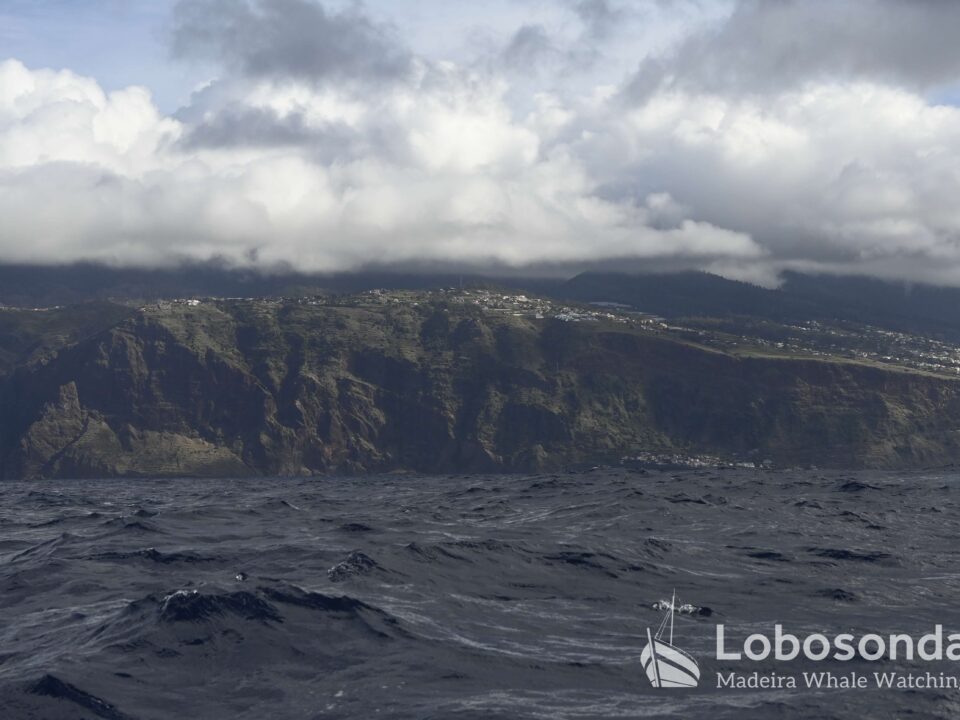
18.03.2019 – And so we meet again
March 27, 2019
20.03.2019 – The cherry on the cake
March 29, 2019Oceanic islands like Madeira serve as a useful pitstop for all kinds of marine mammals migrating through the oceans waters. The island’s dramatic landscape is mirrored in the formidable seascape stretching through the depths of the waters surrounding it. Canyons and underwater valleys extend beyond the coastline down a steep gradient into the open Atlantic, providing the marine mammals with deep waters for foraging and the simultaneous protection of the islands lush coastline. The canary current also provides the necessary foundation for a healthy food chain around the island. The cold, nutrient-rich waters transported by the current are pushed upwards near the archipelagos coastline, in a process known as upwelling. In most places upwelling occurs at the edge of the continental shelf which is lacking in oceanic islands like Madeira. The steep drop from the shallow waters of the coastline to the depths of the Atlantic allows the process to take place alot closer to shore.
The tip of an underwater plateau stretching out three nautical miles from the coastline between Paul do Mar and Ponta do Pargo also serves as an ideal upwelling area. With its deepest point at around 500m the plateau is an ideal place for fisherman to go deep-sea fishing. For cetaceans the edge of the plateau, which drops to around 1000m, is more interesting. Lobosonda has enjoyed sightings involving a several different whale and dolphin species, that were engaged in a variety of activities, especially hunting.
The large, oceanic-type Bottlenose dolphins (Tursiops truncatus) we encountered during our tour today were clearly hunting at the surface, a situation which was made evident by the ever-present Cory’s shearwaters (Calonectris borealis) circling above the animals. Although the sighting area is often subject to choppy seas and is quite a journey for our traditional boat, it’s absolutely worth it.
By Paula Thake
Sightings of the day
Ribeira Brava
10:00 Bottlenose dolphins, Loggerhead turtle












